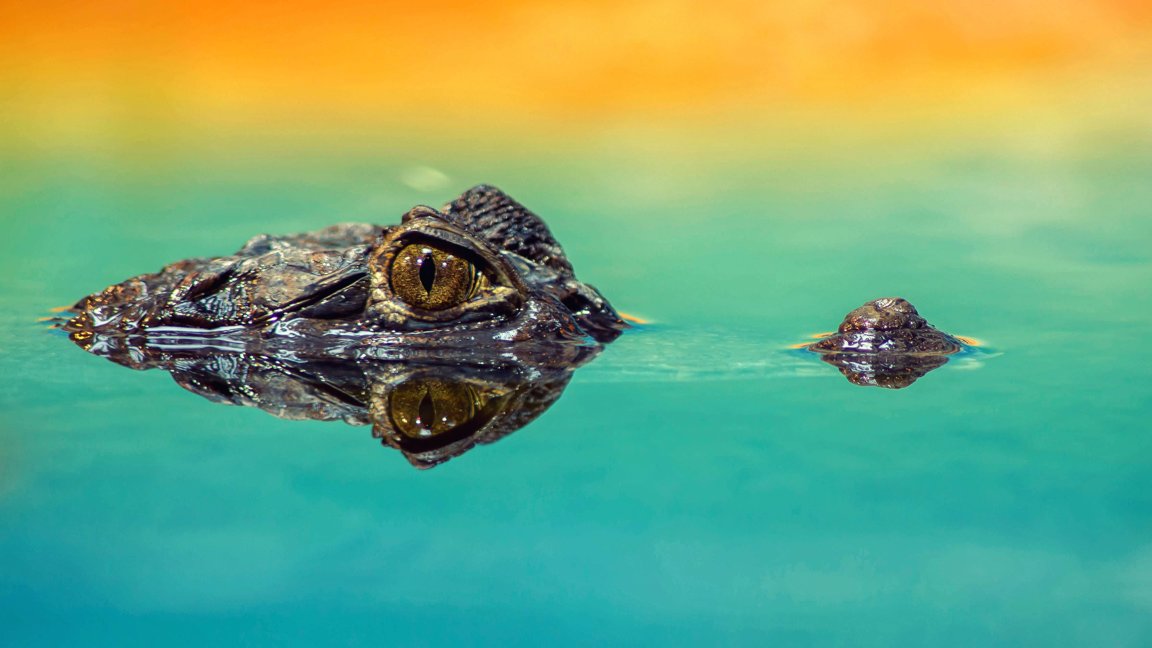

Some spiders can actually take a bubble of air with them underwater. Insects such as skaters, water beetles, mosquitoes and dragonflies can skim over the surface of ponds, playing a critical role in the food supply for other animals. Mammals (badgers, otters, mink) live near water and are capable of swimming to catch their main food source, fish.Īmphibians and reptiles (toads, frogs, alligators, crocodiles, salamanders and newts start life underwater as eggs and tadpoles, and then move to ground as adults. Only heterotrophs (animals that eat dead organisms) are found in this region The profundal zone is very dense and cold, with little light penetrating this region. This zone contains a variety of freshwater fish. The limnetic zone is close to the surface and consequently receives a good deal of light. These resources provide food for turtles, snakes and ducks. The littoral zone (the topmost and warmest is home to snails, clams, insects, crustaceans, fishes and amphibians and the eggs and larvae of dragonflies and midges). There are three zones in lakes and ponds: At the mouth of these water sources, the sediments create a more murky environment with lower oxygen levels and fish such as catfish and carp have adapted to exist in these areas. Fish such as trout have adapted to living in rivers and streams where the water is cooler, clearer and has a higher oxygen level. As this ecosystem covers a vast portion of the world, the animal life found can vary considerably.įish are able to obtain oxygen through their gills.


Many plants and animals have adapted to the freshwater biome and could not survive in water having a higher salt concentration.


 0 kommentar(er)
0 kommentar(er)
